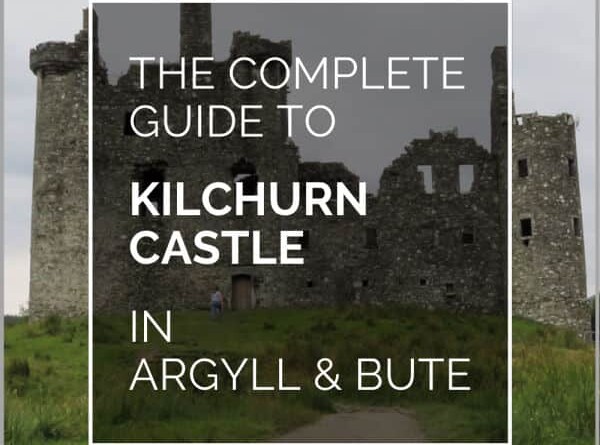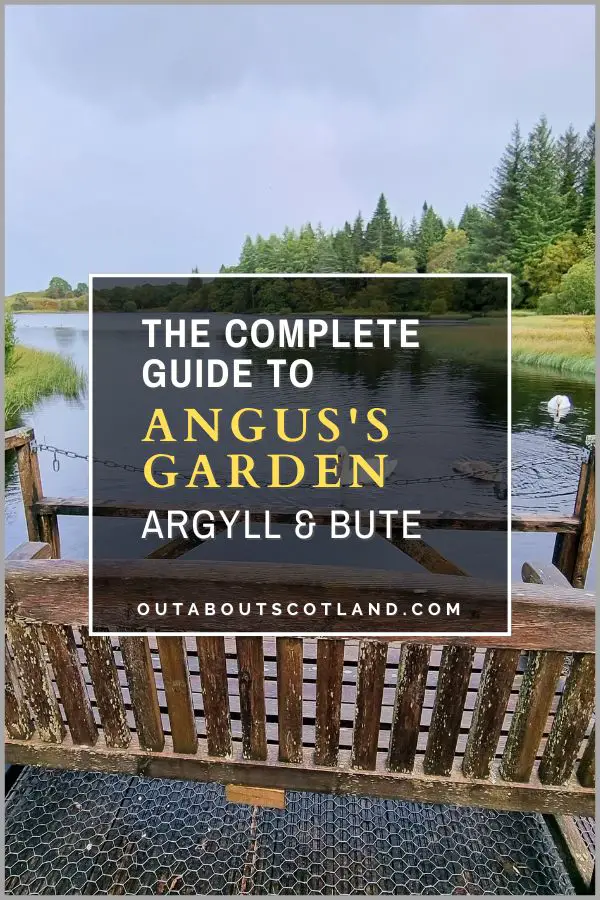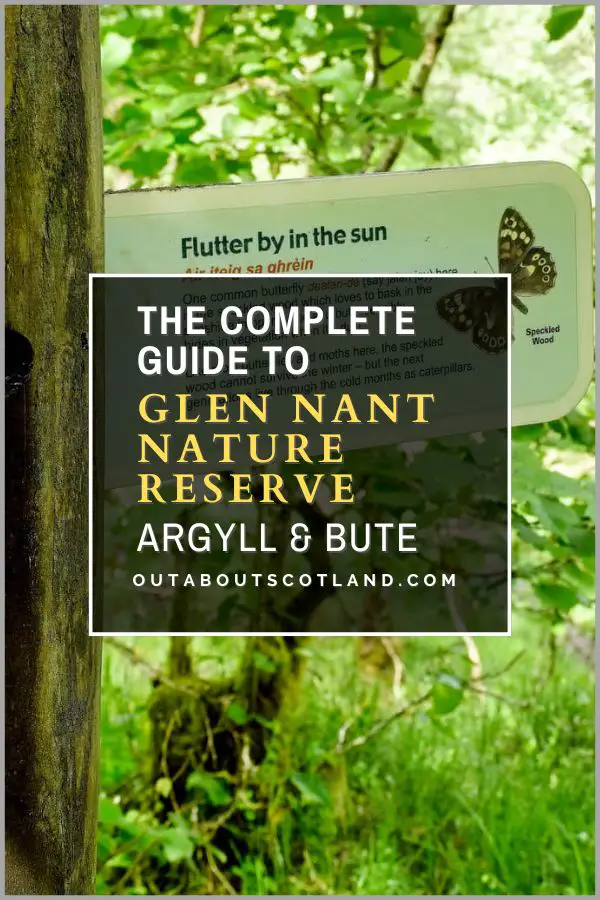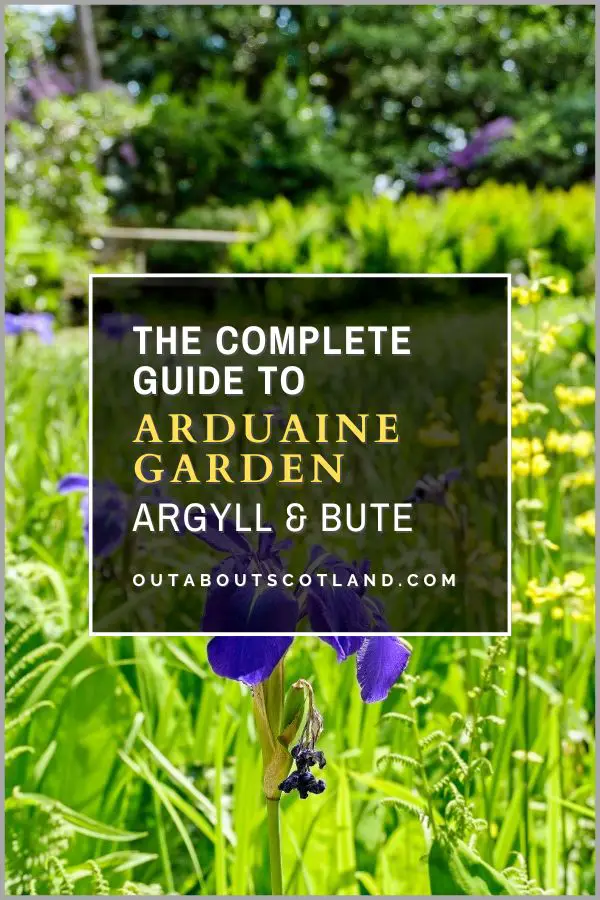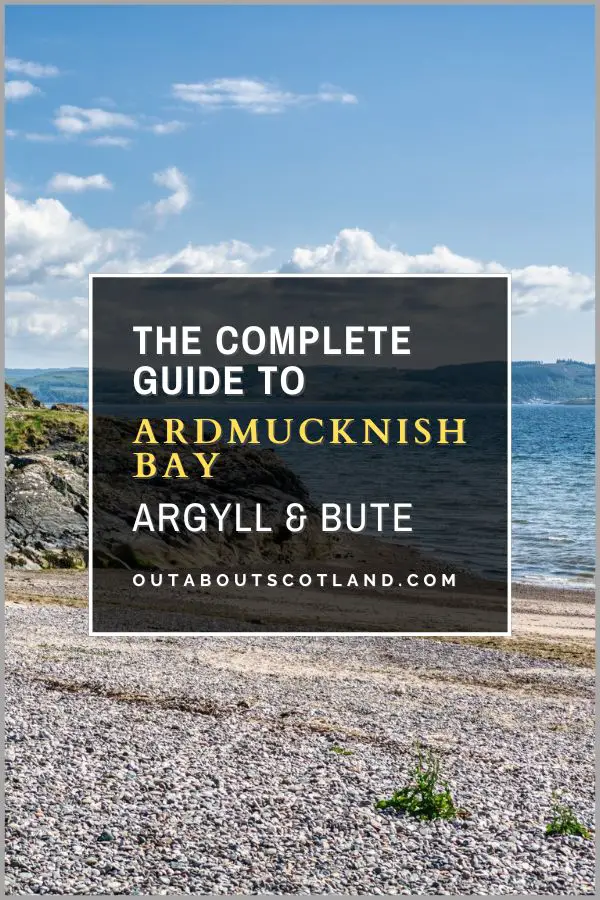Kilchurn Castle is a picturesque and historic ruin located at the northeastern end of Loch Awe in Argyll and Bute. With a backdrop of stunning Highland scenery and the loch itself, the castle is one of the most photographed in Scotland and is a quintessential image of the Scottish Highlands.
Historic Environment Scotland now oversees the castle, which the Campbells of Glenorchy built in the 15th century as their power base. Admission is free.
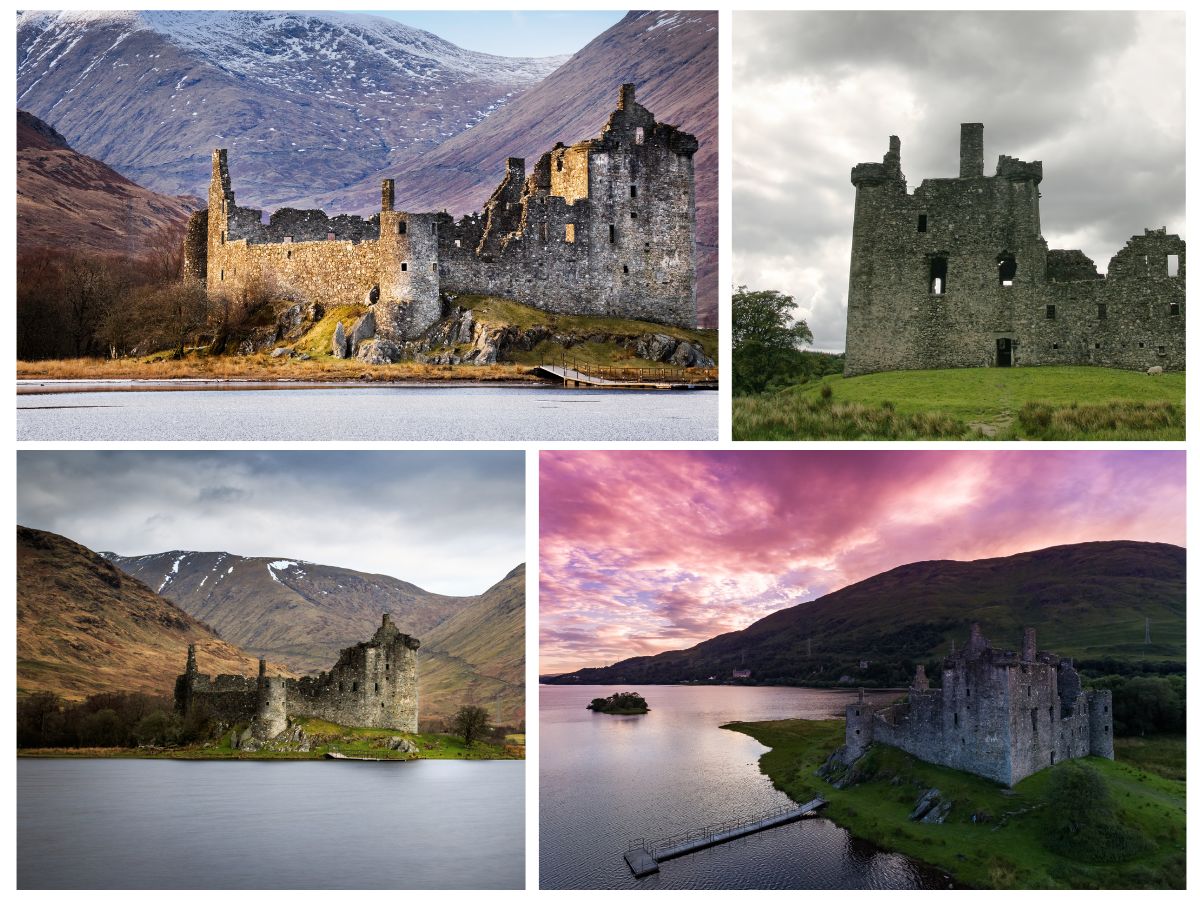
| Address: | Lochawe, Dalmally, PA33 1AF |
| Opening Hours: | 1 April to 30 September, Daily 9.30 am to 5.30 pm. October - March: Closed. |
| Admission Price: | Free |
| Parking: | Free car park at the entrance off the A85 |
| Contact: | N/A |
| Facilities: | Part-time snack van in the car park |
| Photos: | Virtual Tour YouTube Video |
Overview
Kilchurn Castle can be found just off the A85 at the northernmost point of Loch Awe, more or less midway between the Trossachs National Park and the coastal town of Oban. This is an area that’s every bit as spectacular as Skye, but it has even more interesting places to visit, with lochs, mountains, and historic attractions aplenty in pretty much every direction you head.
Loch Awe itself is a beautiful place to visit, but the best way to experience it is to get off the busy A85 and instead follow the quieter A819 and B840 roads. These roads follow the loch its entire length, and they offer lots of places to get out of the car and go exploring. The A819 is also the road you have to follow to get to the Kilchurn Castle viewpoint, which has to be up there with Eilean Donan for atmospheric views.
Although it’s now a ruin, Kilchurn Castle was at one time the powerbase of the Campbells of Glenorchy, a clan that almost rivalled the earls of Argyll at the height of their power. The exact date the castle was built is unknown, but it’s believed to have been constructed sometime in the mid-1400s by the 1st Lord of Glenorchy, Sir Colin Campbell. It was extended in the 1500s with a lower hall, and turrets were added to the original five-story tower house, but by the late 1680s, the clan had moved elsewhere, leaving Kilchurn Castle empty and unused.
It was later converted into a military garrison with a purpose-built barrack block in the north of the main courtyard, but due to the fact it didn’t see much use, it was eventually abandoned for good in the late 1700s. What remains today is a derelict (but very atmospheric) Scottish castle that might not be particularly impressive if it were situated anywhere else, but thanks to its position at the head of Loch Awe, it has become something of a must-see historic tourist attraction.
If you visit in the height of summer, don’t be surprised to find yourself fighting through crowds of coach tours, but if you get there before 9 a.m., you’ll be rewarded with spectacular views in peace and quiet.
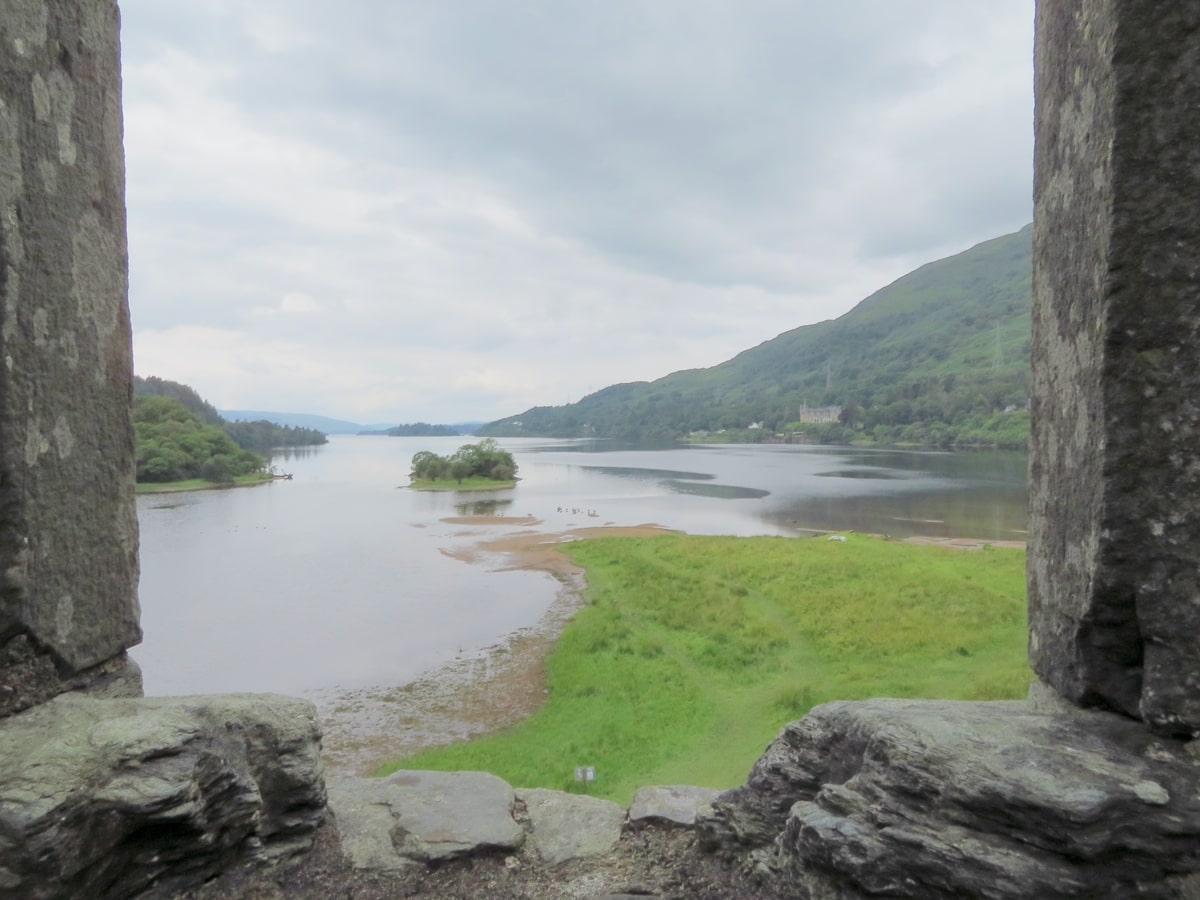
The Highlights
1: The castle is best known for its location, which, to be fair, is stunning. Loch Awe is one of the largest and most scenic lochs in Scotland.
2: Unusually for a HES property that sees a lot of visitors, Kilchurn Castle is free to enter.
3: Kilchurn Castle makes a good stop-off point between Oban and the Trossachs National Park.
Visiting Tips
1: There aren’t any facilities at Kilchurn Castle, so get your snacks from the van in the car park or head west down the A85 to the Ben Cruachan Visitor Centre café.
2: Although it’s a decent size, the car park gets full quickly in the summer (especially at the weekend), so get there early. Outside of the peak tourist season, you’ll have no problem finding a parking space.
3: Head to nearby St. Conan’s Kirk to see another beautiful historic building. Inveraray Castle is also spectacular (you’ll find it 14 miles south on the A819).
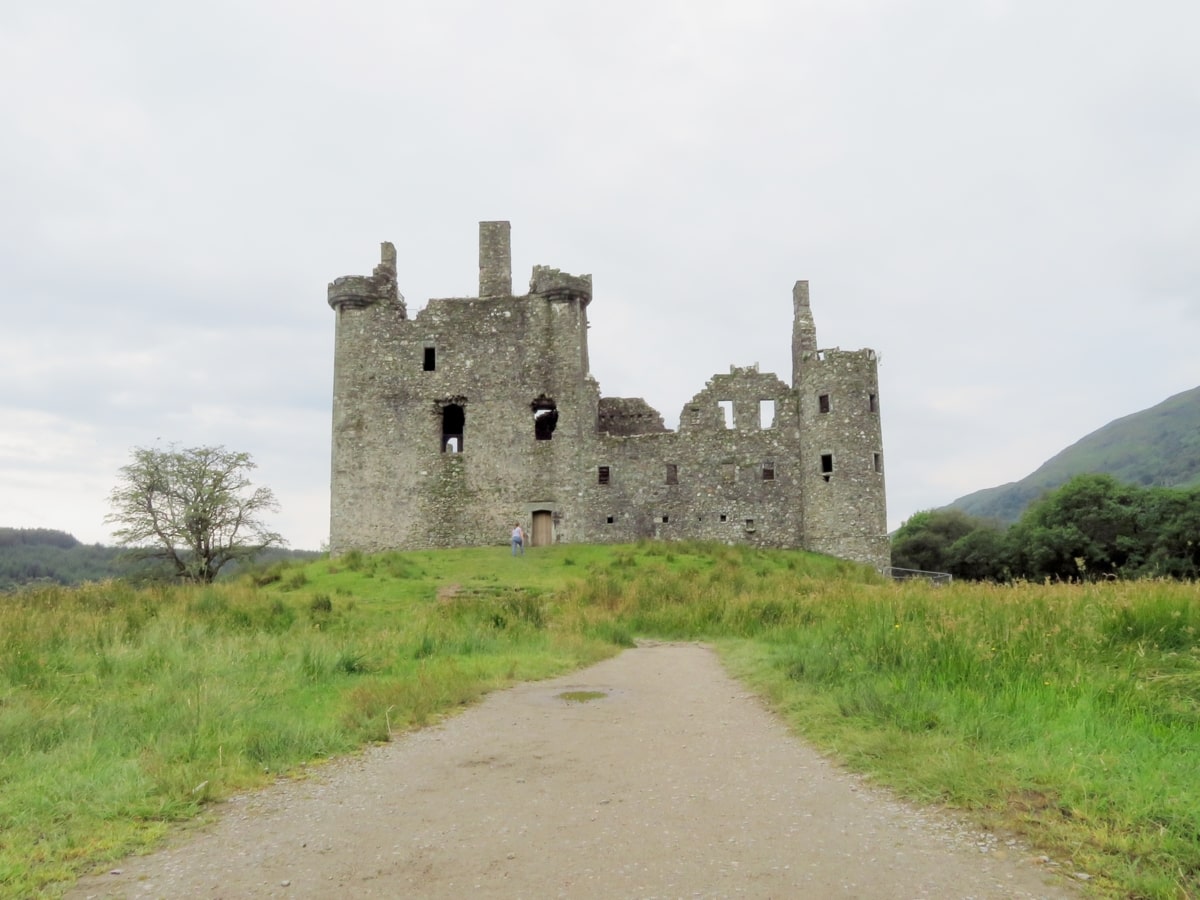
Tourist Information
Arriving at the Kilchurn Castle car park, you’ll find plenty of parking space, firm paths, and (usually) a food van. From the car park, it’s a short walk to the castle across marshland, but it’s well worth the effort, even if you do get eaten alive by midges in the summer months.
Prior to entering the marshland, you’ll pass a cabin used by a local photographer who’s set up shop there, and there are a few friendly Highland Cows to say hello to as you walk past. You’ll see the castle in the distance from this point as well as the surrounding mountains, most noticeably Ben Cruachan which provides a fittingly dramatic backdrop against the usually grey Scottish sky.
It’s a 5-minute walk to the castle on a firm and level footpath, but be aware that the castle is unmanned, so there’s a chance you’ll arrive only to find the castle door firmly closed and locked.
If you arrive when the castle is open, you’ll be able to walk inside and wander around the roofless ruins of the old tower house and barrack block, as well as climb the stairs to the top of the lookout tower. The tower overlooking Loch Awe is where you’ll get the best views of your visit, especially if you look through the windows when the sun is low and the light is reflected off the glass-like loch.
There’s not much else to do inside the castle, and to be honest, I’d plan no more than one hour for your entire visit, but there are plenty of other places you can visit in the vicinity including St. Conan’s Kirk, Ben Cruachan, and the Hollow Mountain Experience, as well as Bonawe Iron Furnace.
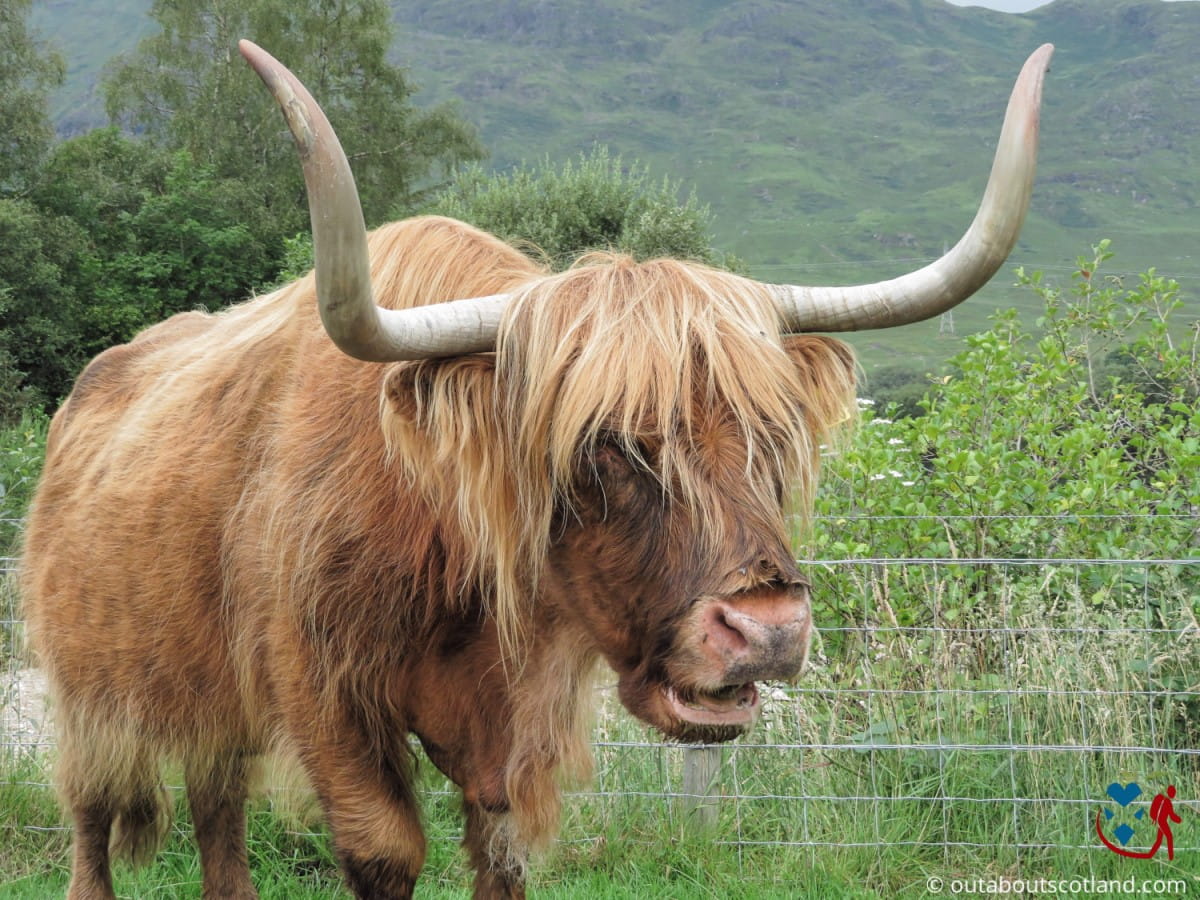
Things to Do
Explore Kilchurn Castle: Step back in time and explore the historic Kilchurn Castle. With its scenic location on a rocky peninsula at the northeastern end of Loch Awe, the castle offers a fascinating glimpse into Scotland’s mediaeval past.
Photography: Capture stunning photographs of the castle and its surrounding landscape. The castle’s dramatic backdrop of mountains and lochs makes it a perfect location for outdoor photography. For the best view, head to the castle viewpoint at the first layby heading south on the A819.
Hiking: Enjoy a scenic hike in the area around the castle. Many trails provide breathtaking views of the Scottish Highlands, but the highlight has to be walking along the road to Ben Cruachan Dam.
Kayak on Loch Awe: Enjoy a serene kayak trip around Loch Awe. The loch’s calm waters provide a unique perspective of the castle and the surrounding landscape. Visitors will find a good launch point on the south side of the castle.
Wildlife Watching: The area around Kilchurn Castle is home to a variety of birds and other wildlife, making it a perfect spot for nature enthusiasts. Take a pair of binoculars (link to binocular reviews) and scan the skies for eagles and buzzards.
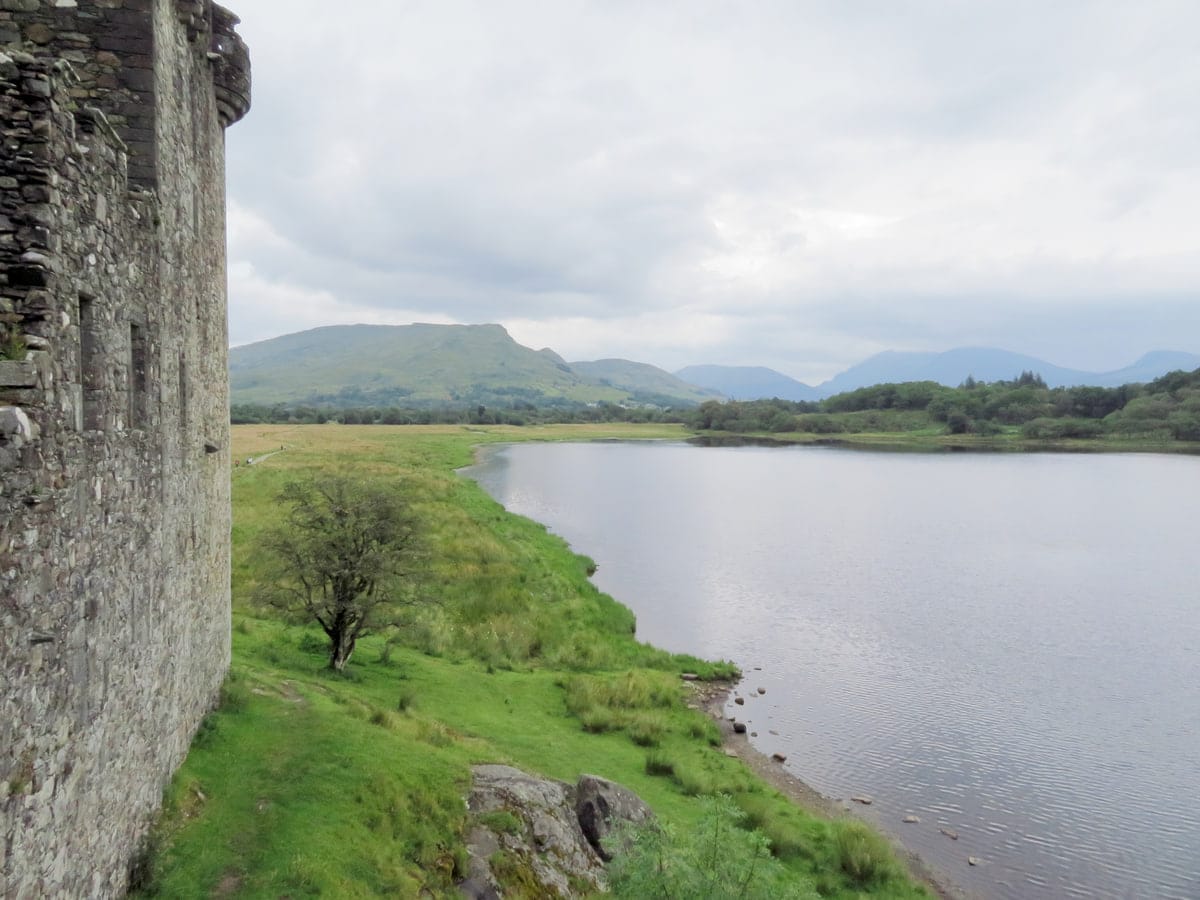
Things to Do Nearby
St. Conan’s Kirk. Lochawe, Dalmally, PA33 1AQ, 5-minute drive.
One of the most beautiful historic buildings in Scotland, in a similar vein to Rosslyn Chapel. This privately run church is free to enter and welcomes people to view the ornate stone and woodwork carvings.
Ben Cruachan Dam. Dalmally, PA33 1AN. 10-minute drive, 40-minute walk.
Large man-made dam on the side of Ben Cruachan mountain that powers the Cruachan power station. The walk up the mountainside is easy thanks to the tarmac link road that runs from the A85 to the dam.
Bonawe Historic Iron Furnace. Taynuilt, Argyll PA35 1JQ. 20-minute drive.
Historic Ironworks was founded in 1753. Bonawe Iron Furnace is located close to Loch Etive and within sight of Glencoe. Visitors can explore the original buildings and learn about Scotland’s iron-making history.
Cruachan Visitor Centre. Cruachan Power Station, Lochawe, Dalmally, PA33 1AN. 9-minute drive.
This attraction takes visitors deep inside the ‘hollow mountain’ to marvel at the power station built underground. The visitor centre is set in a great location next to Loch Awe and includes a gift shop and café.
Loch Awe. A large, mostly freshwater body of water that is over 25 miles in length.
The loch is a popular fishing location, with anglers in search of brown trout and salmon. Boats can be hired for sailing on the loch in the summer months.
Frequently Asked Questions
Can you go inside Kilchurn Castle?
Visitors are allowed to go inside Kilchurn Castle. It is free to visit and is open to the public, though it is unmanned, so the entry door is occasionally locked. Historic Environment Scotland is in charge of managing the castle.
Who lived in Kilchurn Castle?
Midway through the fourteenth century, Sir Colin Campbell, the first Lord of Glenorchy, built Kilchurn Castle. The Campbells used the castle as their power base until 1689, when it was converted into a garrison stronghold.
What happened to Kilchurn Castle?
Kilchurn Castle was first constructed in the mid-15th century as the base for the Campbells of Glenorchy, who extended both the castle and their territory in the area over the next 150 years. After the Campbells became Earls of Breadalbane and moved to Taymouth Castle, Kilchurn fell out of use and was in ruins by 1770. It is now in the care of Historic Environment Scotland and is open to the public in the summer.
What did Kilchurn Castle used to look like?
In its prime, the castle was a grand, imposing structure with four floors. The castle had a five-story tower house, a hall, a courtyard, and a chapel. There were also residential quarters for the family. The castle was later modified in the 16th and 17th centuries with a range and barracks added, making it one of the first in Scotland to be built to withstand artillery fire.

